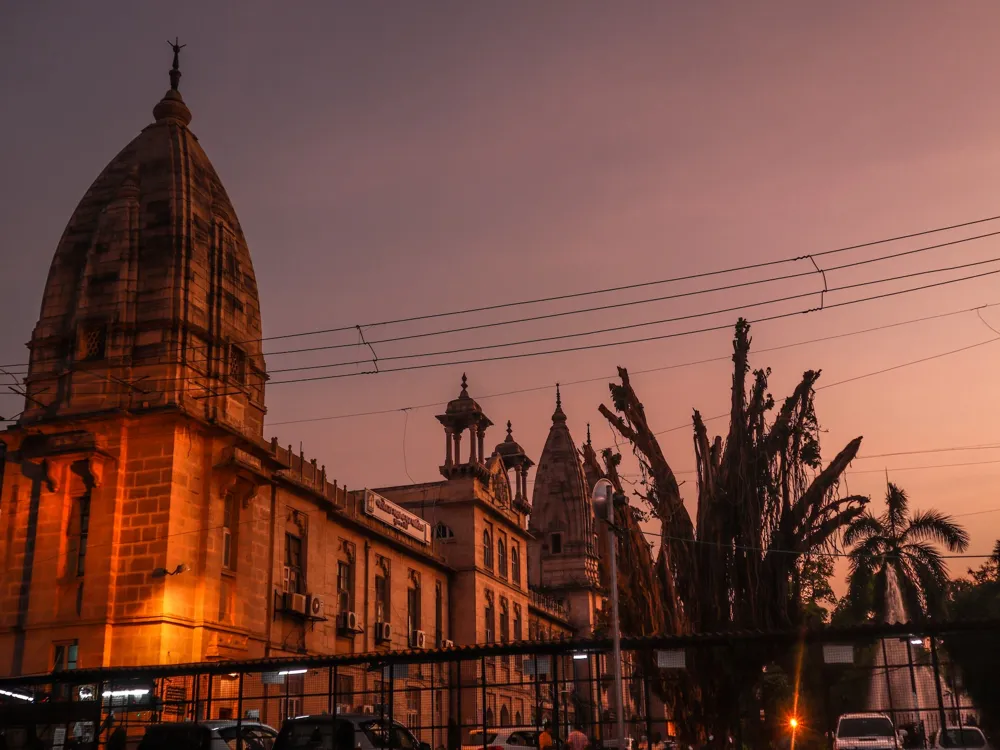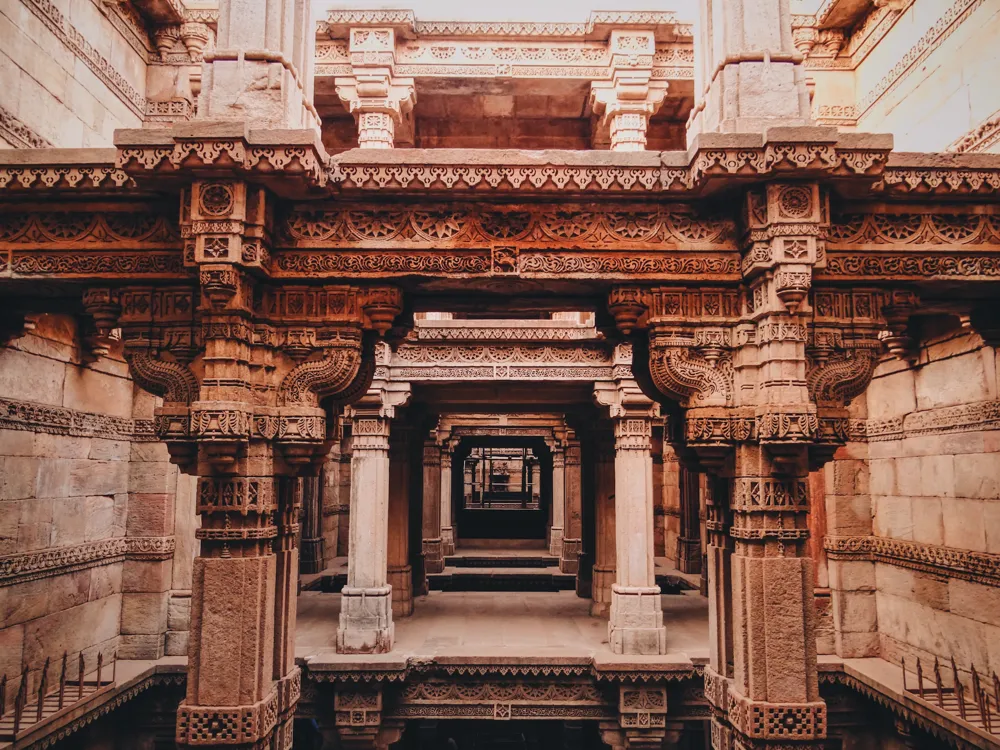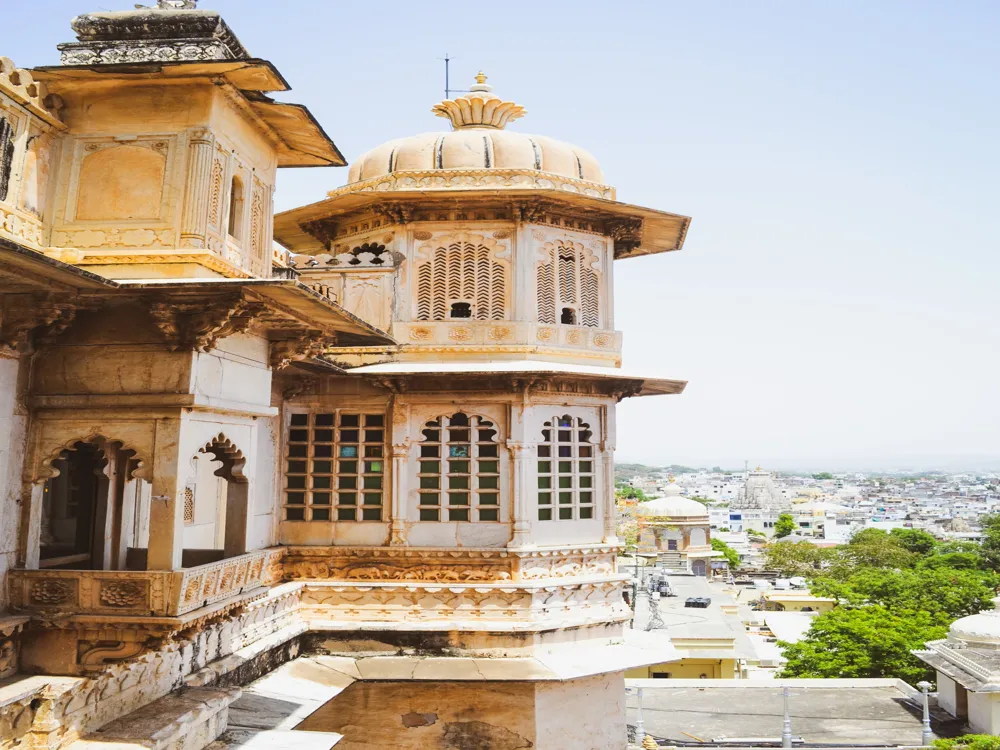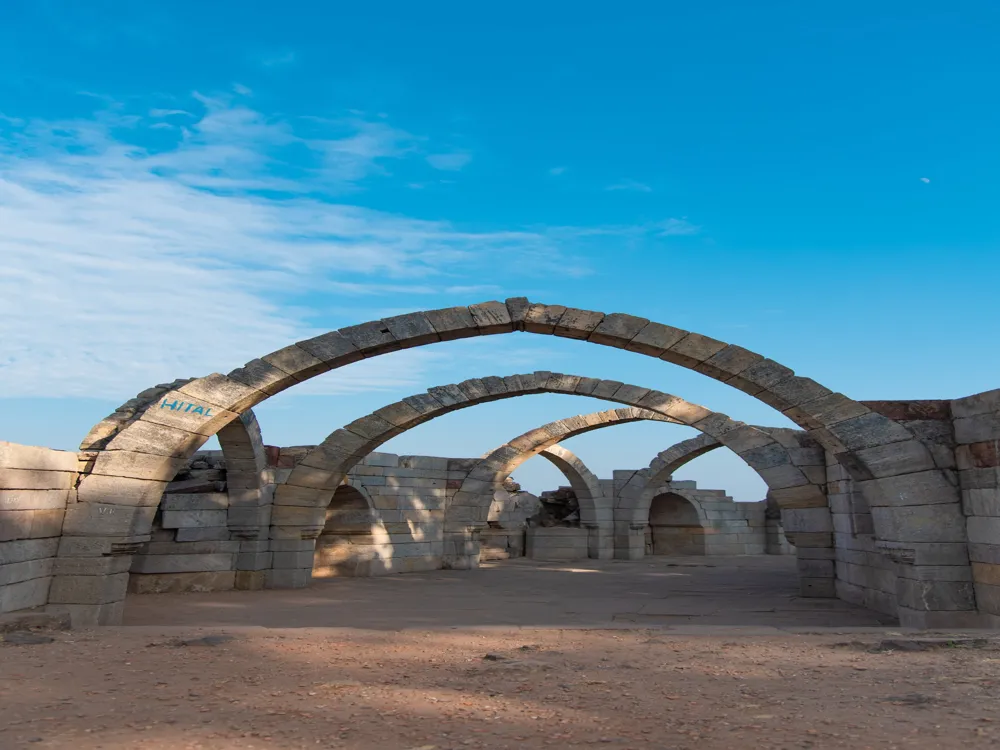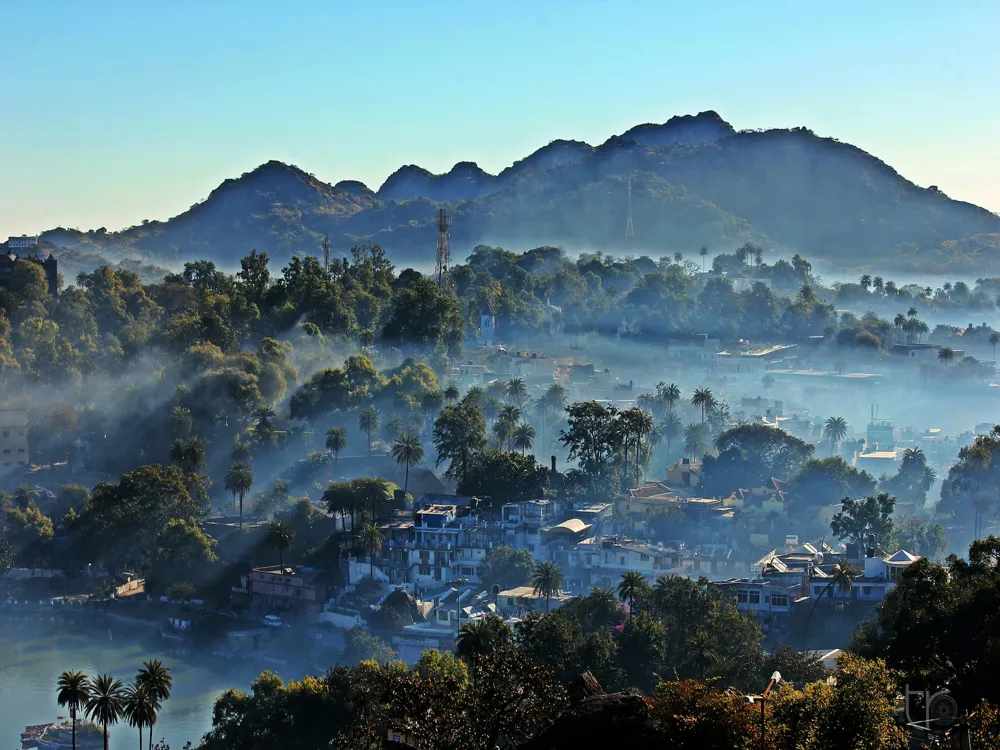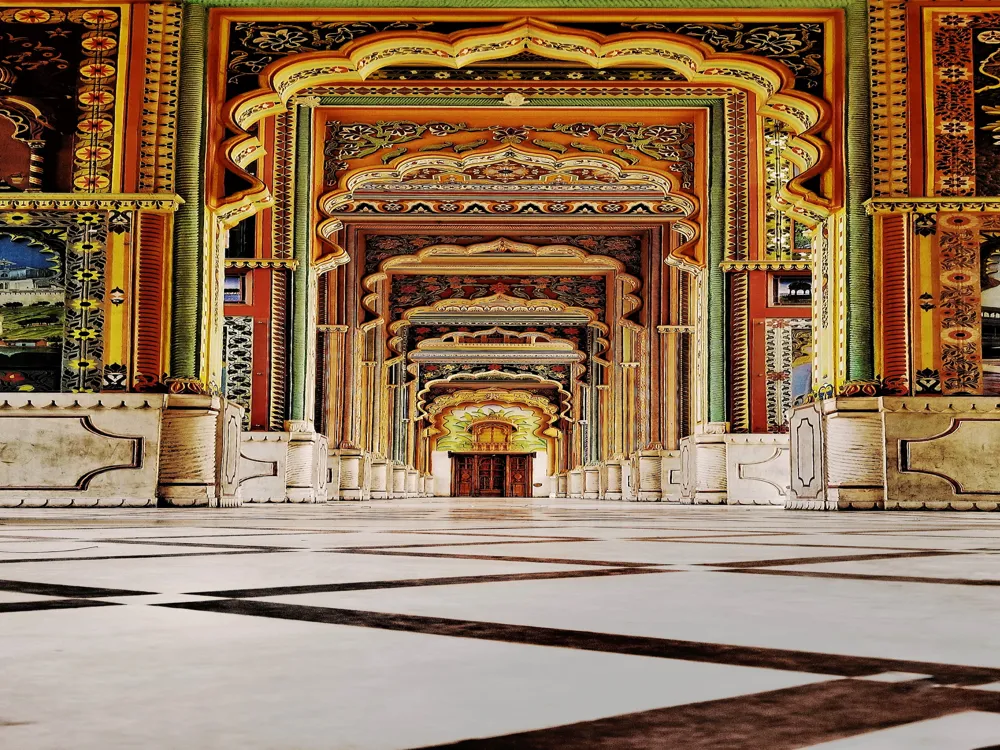Anand, often referred to as the Milk Capital of India, is a bustling city located in the heart of Gujarat, a western state of India. Known for its vibrant culture and rich history, Anand is synonymous with the White Revolution that transformed the dairy industry of India. This city, although primarily famous for its dairy industry, is also steeped in history, culture, and tradition, making it a fascinating destination for travelers from around the world. Geographically, Anand is situated between the two major cities of Gujarat - Vadodara and Ahmedabad and serves as an important cultural and economic bridge between them. The city's landscape is characterized by a harmonious blend of urban development and traditional architecture, reflecting its rapid growth and deep-rooted cultural heritage. Anand's economy is primarily driven by the dairy industry, with the Amul Dairy Cooperative being the most prominent example of its success. However, the city's economic profile is diverse, encompassing areas such as education, manufacturing, and agriculture. Culturally, Anand is a melting pot of traditions and modernity. The city celebrates various festivals with great fervor, showcasing its rich cultural tapestry. Traditional Gujarati cuisine is a highlight for food enthusiasts, offering a plethora of flavors and dishes unique to the region. Anand also serves as a gateway to explore the wider Gujarat region, known for its historical landmarks, stunning landscapes, and vibrant culture. Anand's architecture is a fascinating amalgamation of historical and contemporary styles, reflecting the city's evolution over the years. The city's architectural landscape is dotted with buildings that narrate the story of its past and present. One of the most prominent features of Anand's architecture is the use of local materials and techniques, adapted to suit the climatic conditions of the region. Historically, Anand's architecture was influenced by various dynasties that ruled the region, including the Marathas, Mughals, and the British. This influence is evident in the older parts of the city, where traditional havelis (mansions) and temples showcase intricate carvings, jharokhas (overhanging enclosed balconies), and courtyards. These structures are characterized by their use of wood, stone, and stucco, creating a distinctive aesthetic that is both functional and beautiful. In contrast, modern architecture in Anand is reflective of its growth as an educational and economic hub. Contemporary buildings, particularly educational institutions, and corporate offices exhibit a blend of modern design principles with traditional elements. This includes the use of local materials like stone and wood, but with a modern twist, often incorporating energy-efficient designs and green spaces. The juxtaposition of old and new in Anand's architecture not only adds to its charm but also represents the city's journey from a small town to a thriving urban center. The ideal time to visit Anand is between October and March when the weather is pleasant, making it perfect for exploring the city and its surroundings. This period avoids the harsh summer heat and the monsoon season, ensuring a comfortable travel experience. Getting around Anand is relatively easy with multiple transportation options available. Auto-rickshaws and taxis are the most convenient for short distances. For a more authentic experience, try the local bus service, which is economical and connects major parts of the city. When visiting Anand, it's important to respect local customs and traditions. Dress conservatively, especially when visiting religious sites. It's also customary to remove your shoes before entering temples and some traditional homes. Gujarati cuisine is a must-try in Anand, known for its variety and flavor. Street food is popular but choose hygienic stalls. Drinking bottled water is advisable to avoid waterborne diseases. Gujarati is the local language, but Hindi and English are widely understood and spoken. Learning a few basic phrases in Gujarati can be helpful and is appreciated by locals. Anand is well-connected by road, rail, and air, making it easily accessible from various parts of India and abroad. The city's proximity to major urban centers like Vadodara and Ahmedabad further enhances its connectivity. By road, Anand is reachable via National Highway 8, linking it to major cities. The Anand Railway Station is a major stop on the Western Railway line, with several trains connecting it to different parts of the country. For air travel, the nearest airports are in Vadodara and Ahmedabad, from where you can take a taxi or bus to reach Anand. Read More:Overview of Anand, Gujarat
Architecture of Anand
Tips When Visiting Anand
Best Time to Visit
Local Transportation
Cultural Etiquette
Food and Safety
Language and Communication
How To Reach Anand
AMUL Co-operative Museum
Anand
Gujarat
NaN onwards
View anand Packages
Also Refered As:
Dr. Kurien's Museum
Anand Travel Packages
View All Packages For Anand
Top Hotel Collections for Anand

Private Pool

Luxury Hotels

5-Star Hotels

Pet Friendly
Top Hotels Near Anand
Other Top Ranking Places In Anand
View All Places To Visit In anand
Faq on Anand
What is the AMUL Co-operative Museum Anand?
The AMUL Co-operative Museum in Anand is a tribute to the cooperative movement in India, particularly focused on the dairy industry, showcasing the journey of AMUL, one of the most successful cooperatives in the world.
Where is the AMUL Co-operative Museum located?
The museum is located in Anand, Gujarat, India, near the headquarters of the Gujarat Cooperative Milk Marketing Federation (GCMMF), the organization that owns the AMUL brand.
What can visitors expect to see at the AMUL Co-operative Museum Anand?
Visitors can explore the history of the cooperative movement in India, learn about the inception and growth of AMUL, view exhibits showcasing dairy farming, milk processing, and the cooperative model, and understand the socio-economic impact of cooperatives on rural communities.
What are the opening hours of the AMUL Co-operative Museum Anand?
The museum's opening hours may vary, but typically it is open during regular business hours from morning to evening, and closed on certain public holidays. It's recommended to check the official website or contact the museum for the most up-to-date information.
Is the AMUL Co-operative Museum Anand suitable for children?
Yes, the museum is educational and engaging for children, offering insights into the dairy industry, cooperative principles, and the history of AMUL in a visually appealing manner.
View anand Packages
Dr. Kurien's Museum
Anand Travel Packages
View All Packages For Anand
Top Hotel Collections for Anand

Private Pool

Luxury Hotels

5-Star Hotels

Pet Friendly
Top Hotels Near Anand
Other Top Ranking Places In Anand
View All Places To Visit In anandFaq on Anand
What is the AMUL Co-operative Museum Anand?
The AMUL Co-operative Museum in Anand is a tribute to the cooperative movement in India, particularly focused on the dairy industry, showcasing the journey of AMUL, one of the most successful cooperatives in the world.
Where is the AMUL Co-operative Museum located?
The museum is located in Anand, Gujarat, India, near the headquarters of the Gujarat Cooperative Milk Marketing Federation (GCMMF), the organization that owns the AMUL brand.
What can visitors expect to see at the AMUL Co-operative Museum Anand?
Visitors can explore the history of the cooperative movement in India, learn about the inception and growth of AMUL, view exhibits showcasing dairy farming, milk processing, and the cooperative model, and understand the socio-economic impact of cooperatives on rural communities.
What are the opening hours of the AMUL Co-operative Museum Anand?
The museum's opening hours may vary, but typically it is open during regular business hours from morning to evening, and closed on certain public holidays. It's recommended to check the official website or contact the museum for the most up-to-date information.
Is the AMUL Co-operative Museum Anand suitable for children?
Yes, the museum is educational and engaging for children, offering insights into the dairy industry, cooperative principles, and the history of AMUL in a visually appealing manner.









